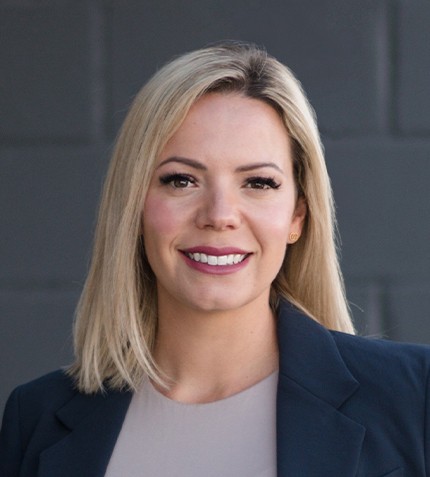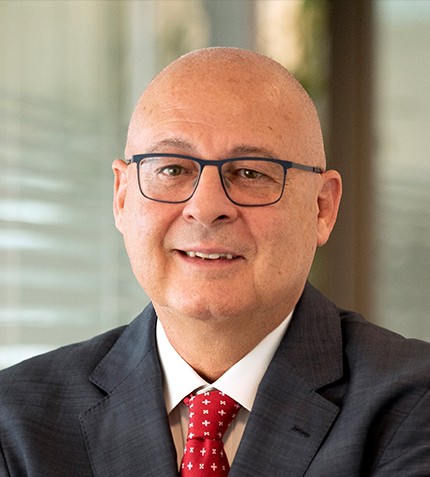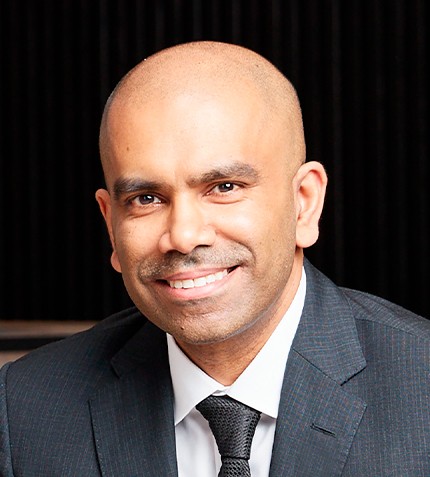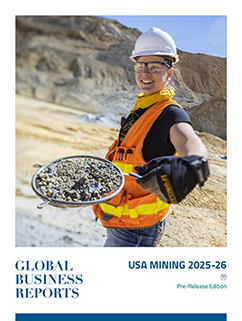
"Last year, Singapore attracted close to US$9.6 billion in fixed asset investments; interestingly, the energy and chemical sector led the way, accounting for 35.6% of the total FDI."
Josephine Moh
VICE PRESIDENT, ENERGY AND RENEWABLES, CHEMICALS AND MATERIALS, SINGAPORE ECONOMIC DEVELOPMENT BOARD (EDB)
What have been the most recent developments toward the Sustainable Jurong Island vision?
Back in 2021, we announced plans to transform Jurong Island into a sustainable energy and chemicals park that both operates sustainably and exports sustainable products. We have made significant progress toward both threads. Within the focus of operational sustainability, a recent highlight is the creation of an industry consortium with ExxonMobil and Shell as lead developers for a cross-border carbon capture and storage (CCS) project that aims to capture at least 2.5 million t/y of CO2 emissions by 2030. The S-Hub and the EDB signed an MoU in December last year to coordinate the planning and development of this project to reduce CO2 emissions at scale by storing CO2 deep underground or under the seabed.
In terms of producing sustainable products, there have also been multiple developments. Neste celebrated the opening of its biorefinery expansion project, making Singapore home to the world’s largest production facility for sustainable aviation fuel (SAF). Arkema has also begun production of their bio-based high-performance polymer that uses castor oil for feedstock, while Evonik started the construction of an alkoxides plant, alkoxides being used as catalysts in biodiesel production and the chemical recycling of plastics.
How attractive does Singapore remain as an investment for the chemical and energy sectors?
Last year, Singapore attracted close to S$13 billion in fixed asset investments; interestingly, the energy and chemical sector led the way in terms of new investments in fixed assets, accounting for 35.6% of the total FDI. This reflects that Singapore remains a very attractive FDI destination, including for the chemical sector. Singapore continues to be a leading global hub in terms of refining capacity, the number of companies operating here (especially on Jurong Island), and the range of activities carried out in the country, from HQ-hub services to manufacturing and R&D. Specialty chemicals, or those products differentiated through technology and innovation, are a prominent area of interest. Companies are targeting certain growth segments like food and beverage, hygiene or electronics, and semiconductors. For example, this year Evonik established a Skin Institute, while Symrise has expanded its innovation capabilities at its enhanced naturals (plant-based) facility in Singapore last year.
Could you share the main mechanisms available to incentivize investments associated with the energy transition?
From a government perspective, we have a Low-Carbon Energy Research (LCER) Funding Initiative (FI), where we put aside S$55 million to support 12 hydrogen and CCS projects. In 2022, we announced a top-up of an additional S$129 million, essentially tripling our funding to support innovation efforts. When it comes to scaling up infant technologies, an initiative called Carbon Capture and Utilization Translational Testbed is being led by A*STAR, with the support of the EDB.
As the first country in Southeast Asia to introduce a carbon tax, how do you balance doing the right thing with cost competitiveness?
Singapore is a small island state with limited opportunities for alternative energies; not to mention, we are vulnerable to the impacts of climate change, such as rising sea levels. The country has committed to reduce our emissions to around 60 million t/y by 2030, and then reach net zero by 2050 Carbon abatement technologies are only one side of how we can get there. The other side is understanding and signaling that carbon comes with a price and that we will all pay for it.
Of course, we are sensitive to the fact we are an export-oriented country. For that reason, we introduced a carbon tax transition framework to help large emitters and export-oriented emitters adapt to the changes. We also have a scheme called Resource Efficiency Grant for Emissions available for industrial facilities undertaking projects that will reduce their emissions. Also, the proceedings collected from the carbon tax are channeled back into helping Singapore decarbonize and reach net zero.
How are Singaporean companies positioned when it comes to tapping into opportunities in Southeast Asia?
Singapore is right in the middle of this region, on a four-hour flight radius to all key markets. We also rely on an extensive network of 28 FTAs in place, meant to facilitate trade and business. Together with Enterprise Singapore, we established the Southeast Asia Manufacturing Alliance to help businesses grow their manufacturing and innovation footprint in the region.










